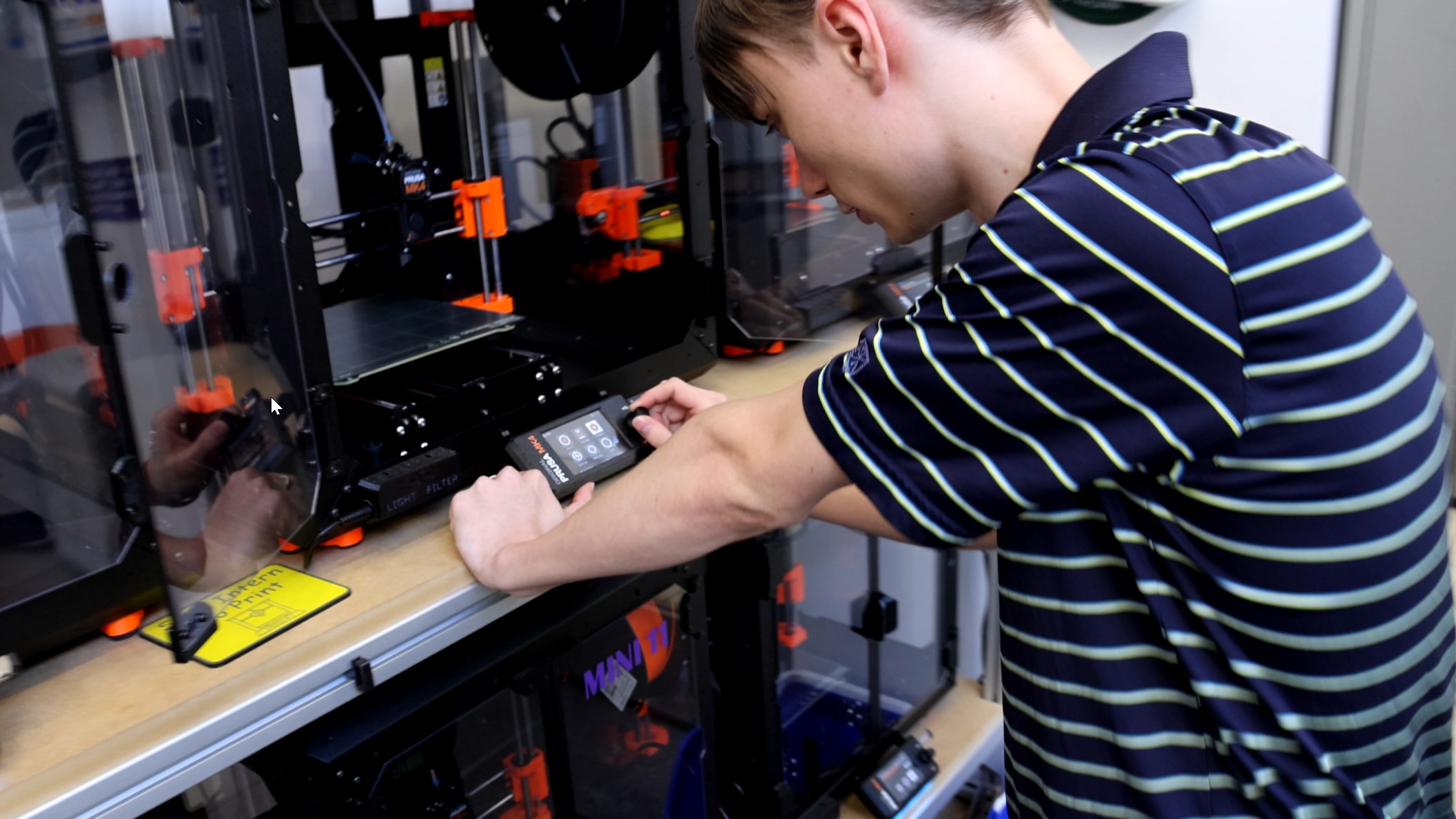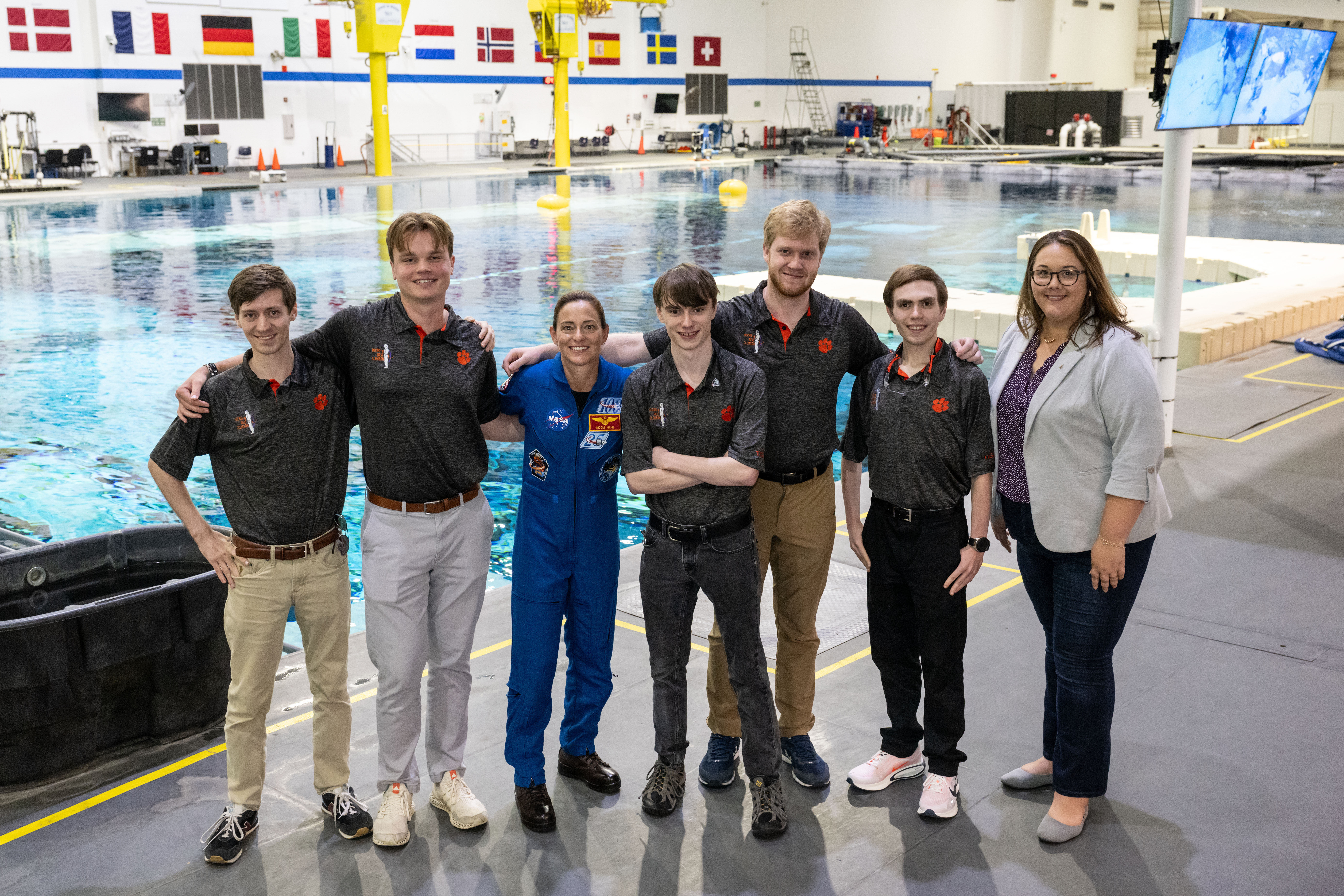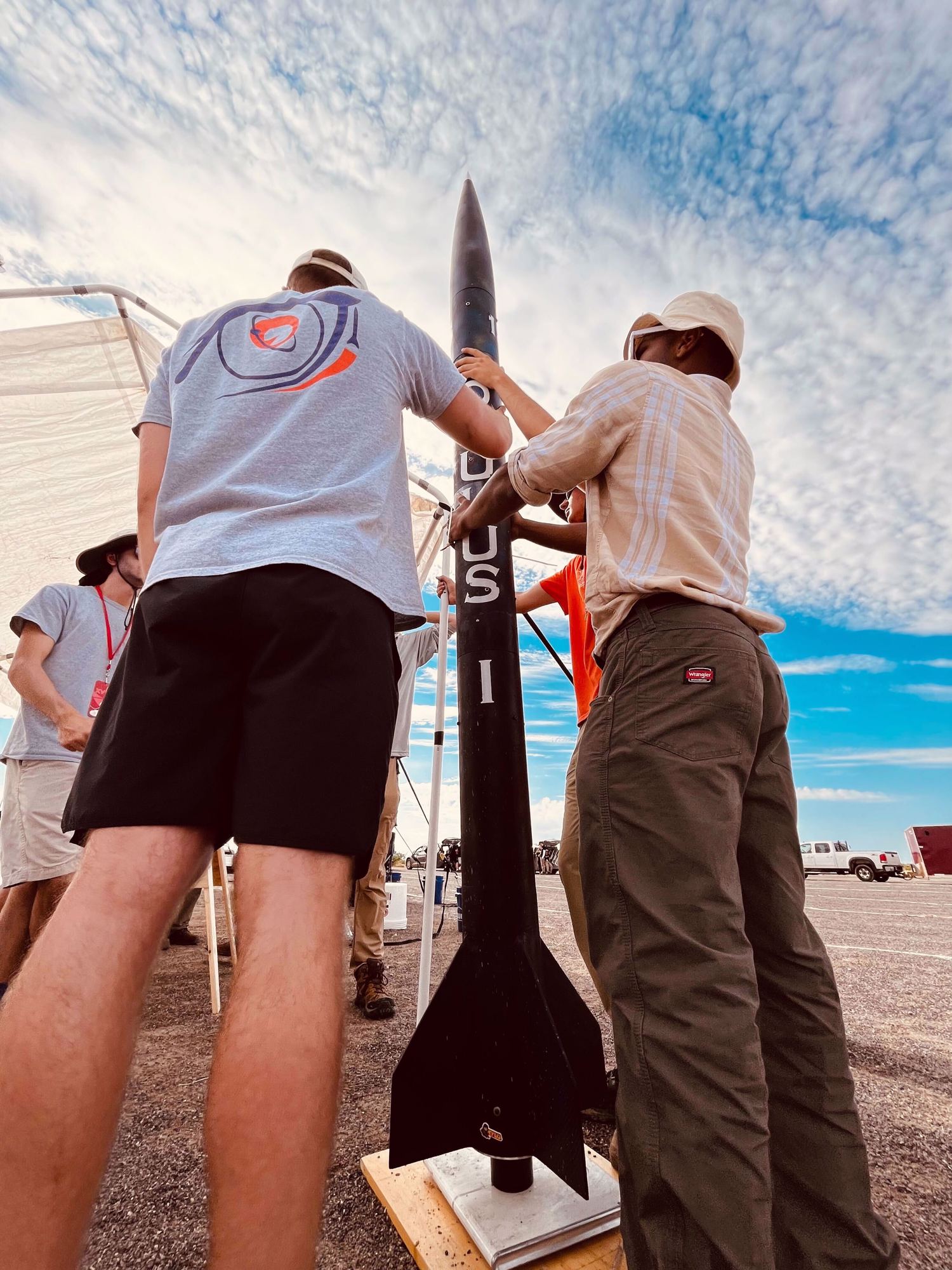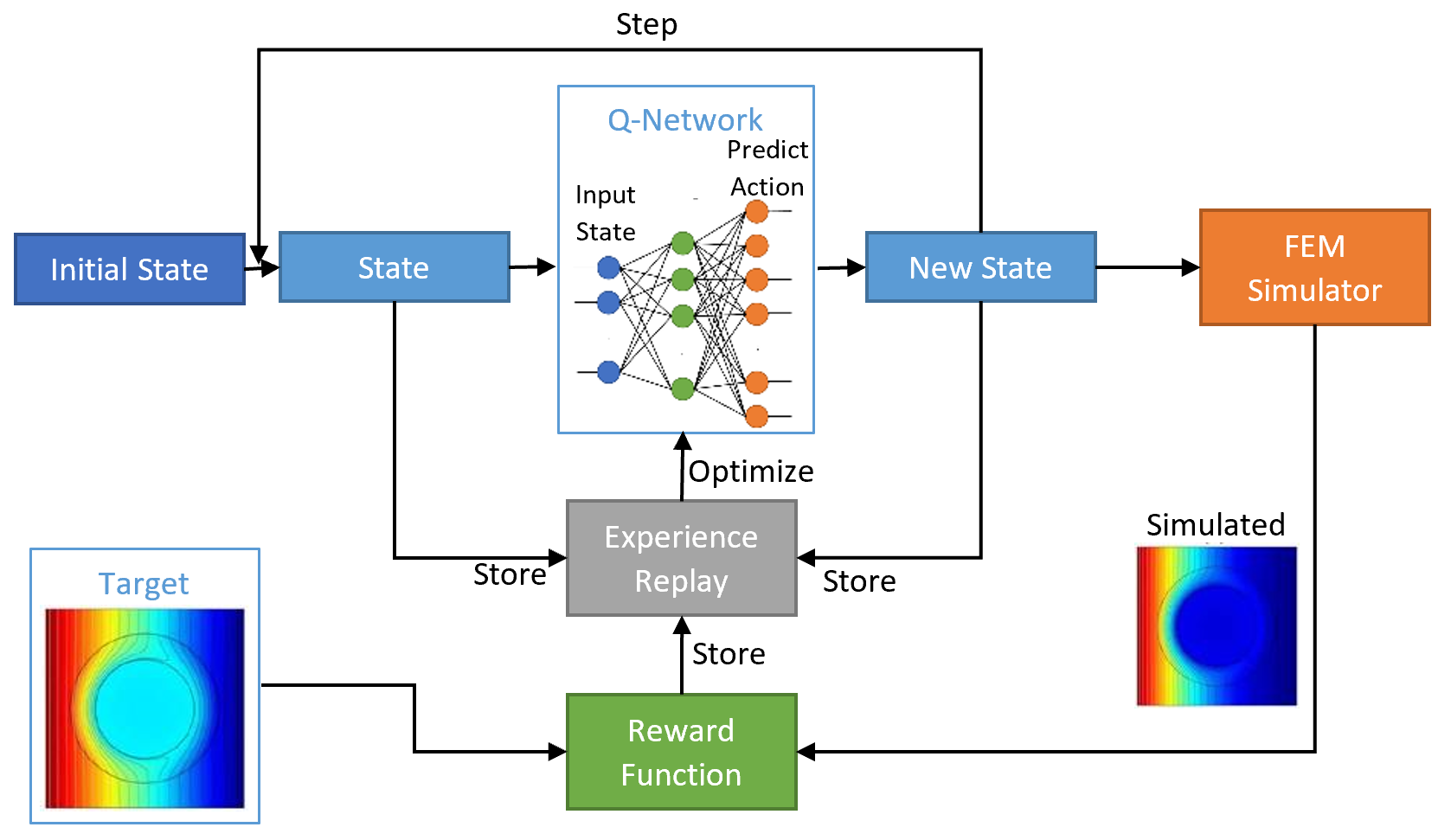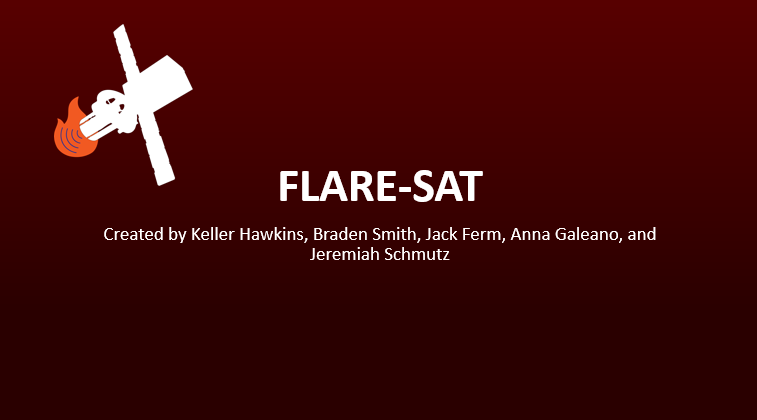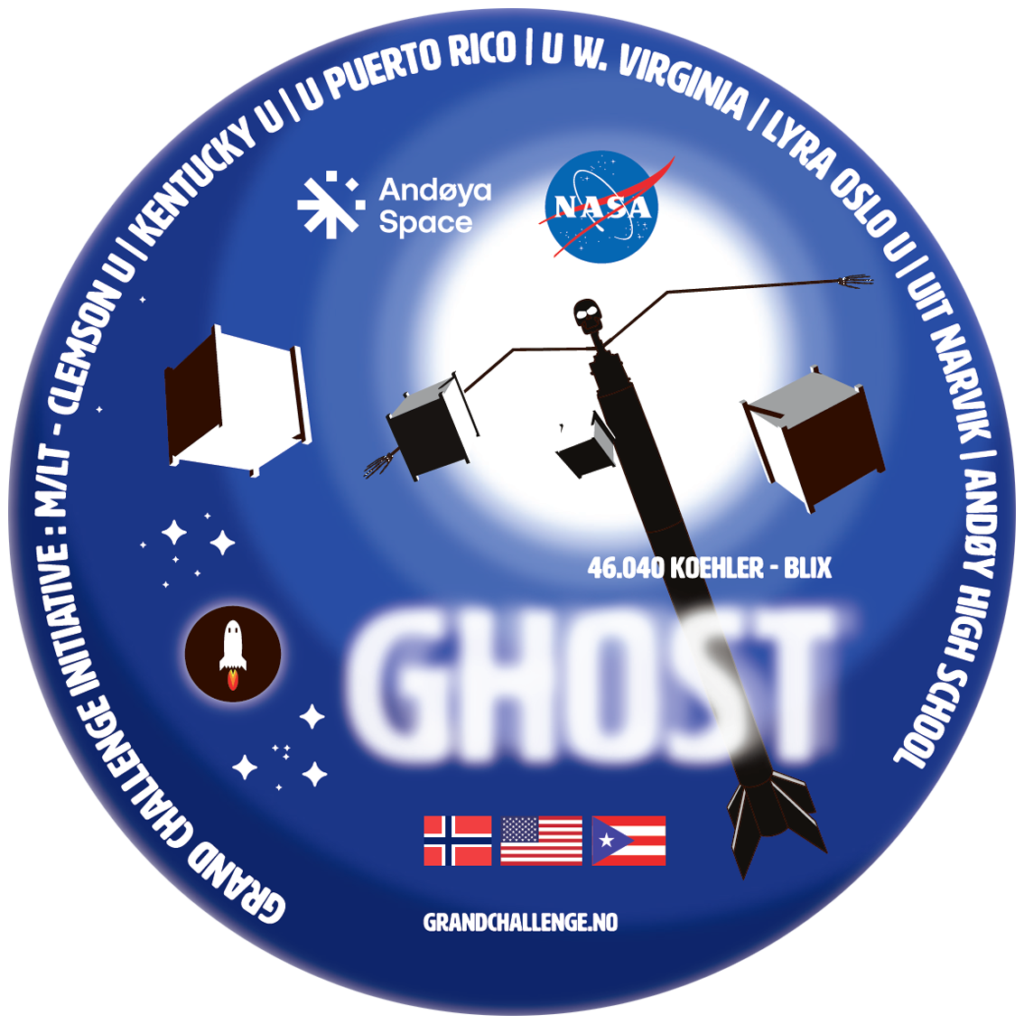About Me

My name is Keller Hawkins, and I'm studying Materials Science & Engineering with a Chemistry Minor at Clemson University. I chose this field because I want to understand how things work, from atoms bonding to the materials we build with every day to the stars colliding around us.
I've worked on projects ranging from additive manufacturing optimization to lunar EVA tool carriers to electric skateboards. I enjoy getting lost in the rabbit hole of any project and become obsessed with perfecting the details, often spending weeks on improvements others might consider finished.
When I couldn't find housing, I built my own place and wired it myself. When the makerspace needed a sign-in system, I taught myself some python and built a custom RFID solution. When I couldn't get parking on campus, I built an electric all-terrain mountainboard. I've always been creative in how I approach problems, from taking apart Legos at age 8 to building computers by 13.
My bigger goal is working on things that have real impact. Whether through materials research, aerospace, health, technology, or discoveries we haven't made yet, I want my work to change lives and be useful to the world.
Manufacturing
Advanced 3D printing, CNC milling, laser cutting operations
Aerospace
Rocket engineering, space tool design, NASA competition projects
Materials Science
Material characterization, research methodologies, property analysis
Machine Learning
Reinforcement learning, materials optimization algorithms
